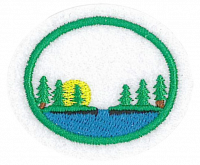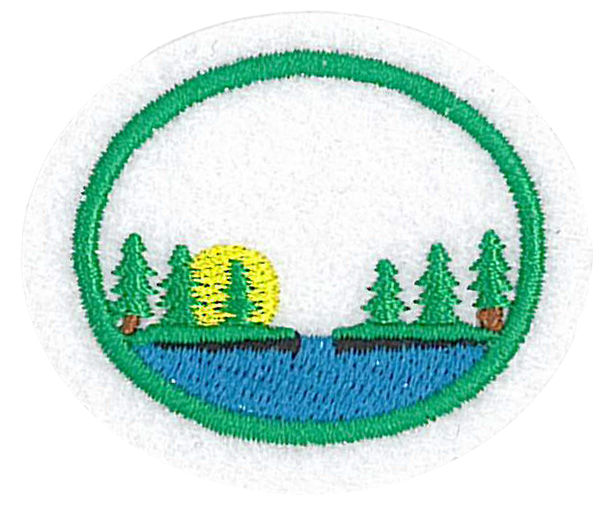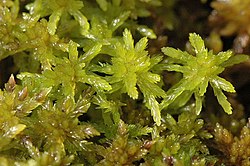Difference between revisions of "AY Honors/Bogs & Fens/Answer Key/es"
(Created page with "<noinclude>") |
(Created page with "</noinclude> ==Referencias== Category:Adventist Youth Honors Answer Book/es <noinclude>") |
||
| Line 30: | Line 30: | ||
{{CloseReq}} <!-- 4 --> | {{CloseReq}} <!-- 4 --> | ||
{{ansreq|page={{#titleparts:{{PAGENAME}}|2|1}}|num=5}} | {{ansreq|page={{#titleparts:{{PAGENAME}}|2|1}}|num=5}} | ||
| − | <noinclude> | + | <noinclude></noinclude> |
| − | </noinclude> | + | <!-- 5. ¿Cuál es la diferencia entre un pantano y una ciénaga? ¿Qué es la sucesión ecológica y cómo los pantanos y las ciénagas ilustran este proceso? --> |
| − | <!-- 5. | ||
| − | |||
| − | |||
| − | |||
| − | |||
| − | |||
| − | |||
{{clear}} | {{clear}} | ||
Revision as of 07:45, 5 April 2021
Nivel de destreza
2
Año
2014
Version
28.11.2025
Autoridad de aprobación
Asociación General
1
2
3
4
5
6
- Exposed leaves are covered in waxy material, have thick woolly hair-like fibers, or hide their pores in deep pits on the underside to conserve nutrients and to reduce toxins such as iron and manganese.
- Grow low to the ground or have slow stunted growth.
- Survive dramatic temperature differences.
- Live in acid conditions with low nutrients.
7
Sphagnum Moss or Peat Moss (Family Sphagnaceae) is a plant that shapes and drives bog chemistry. It has gas-filled cells that help it to float and has amazing absorption properties enabling it to hold many times its own weight in water. It grows from the top and dies just a small distance down the stem. It slowly grows out from shore eventually forming a floating mat of vegetation over any open water resulting in the sun not being able to warm the water below. When new moss forms, the old moss is pushed underwater and decays very slowly into peat. As it slowly decays, tannin and acids are released killing bacteria and removing dissolved oxygen that would otherwise cause decomposition to occur, also turning the water brown. Dead peat moss accumulates until it is many feet deep and eventually, given enough time, will reach ground level below and fill the bog completely.. Sphagnum Moss supports a variety of acid loving plants, shrubs and even trees to grow on top of its floating mass over deep water, also called bog forest. When stepped on, the mats shake, tilt and ripple causing even trees to sway. Falling into a bog can be dangerous so it is best to stay on designated boardwalks and trails.
8
Carnivorous plants trap animal prey (insects) to make up for the loss of nutrients they cannot obtain from the environment. The traps are modified leaves and may be “active” or “passive” depending on how they catch their prey.
Pitcher Plant (Passive)
These plants form a slippery, colorful cupped leaf, and have a nectar-covered lip to lure insects. When an insect slips and falls in, it is trapped by downward pointing, sharp hairs. It is slowly dissolved in the liquid in the bottom of the cup. There are some insects that thrive in the pitcher plants by having an anti-enzyme that prevents them from being digested by the plant.
9
10
Adventist Youth Honors Answer Book/Species Account/Alces alces
Adventist Youth Honors Answer Book/Species Account/Lycaena epixanthe
11
This is one example. You can develop your own story.
12
12a
12b
12c
12d
12e




